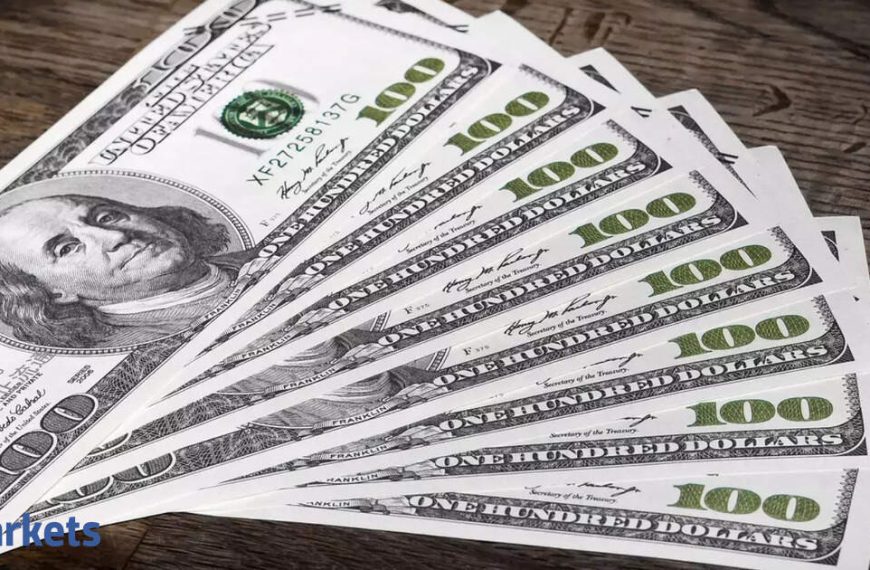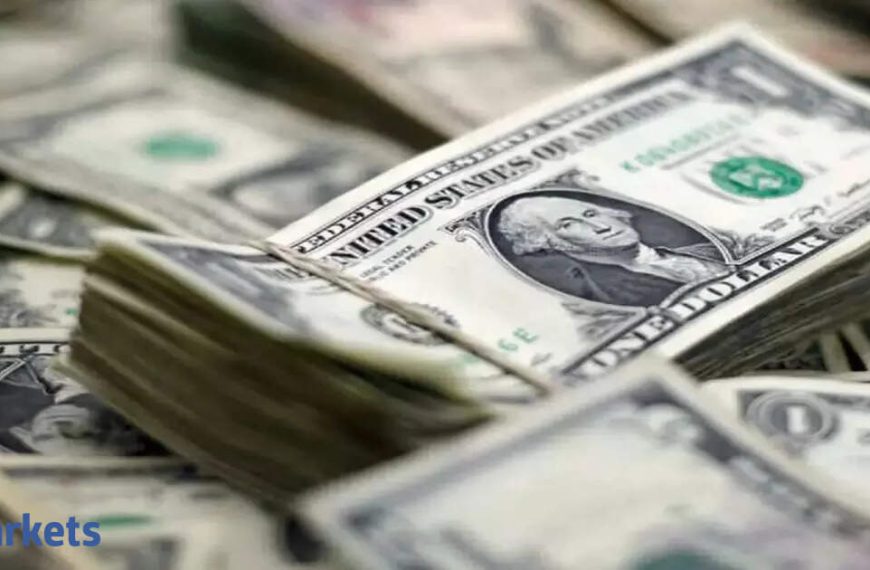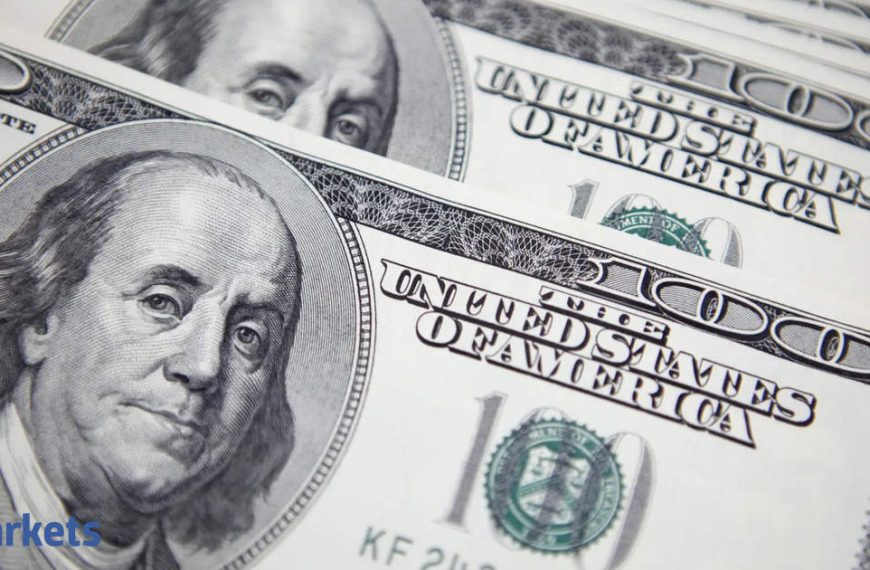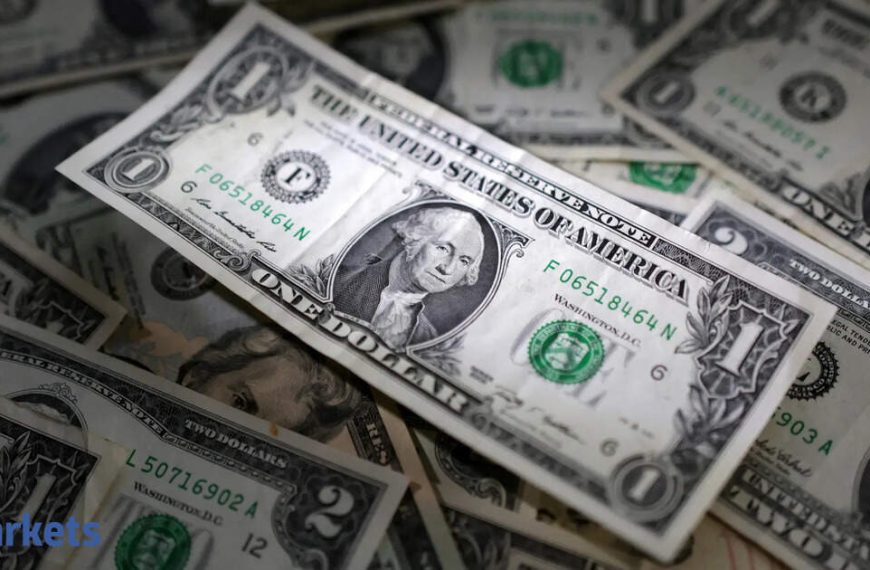On Wednesday, the U.S. dollar remained steady, yet it is on track to record its weakest monthly performance since November 2022. The ongoing fluctuations in U.S. trade policies under the Trump administration have made the dollar susceptible to shifts, while strengthening the euro, yen, and Swiss franc.
Understanding the Impact of Tariffs
The White House has made several adjustments to the comprehensive tariffs introduced by Trump earlier this month, which initially triggered a significant downturn in global stock markets. Ultimately, these changes have prompted investors to seek refuge away from the traditionally secure U.S. dollar and its Treasury securities. Trump recently issued two executive orders aimed at alleviating the effects of his auto tariffs, which include a blend of tax credits and exemptions from other duties on materials.
- Trump’s trade team has also celebrated its first agreement with a foreign trading partner.
- U.S. Treasury Secretary Scott Bessent indicated that progress is being made on tariff negotiations, with upcoming deals anticipated with India and South Korea.
- These developments have somewhat calmed investor nerves, which were heightened by worries about the economic consequences of the tariffs, including potential growth slowdowns and increased inflation and unemployment rates.
Economic Sentiments and Market Reactions
Kristina Clifton, an economist at the Commonwealth Bank of Australia, noted, “We believe the peak of tariffs has passed. However, the damage to confidence, the U.S. economy, and global trade is significant.”
Currently, the euro is trading at $1.1387, following a slight decline of 0.33% in the previous session. Despite this, the euro has benefitted from investors pivoting away from U.S. assets, achieving a remarkable 5.26% increase in April—its strongest monthly performance since November 2022.
- The Swiss franc traded at 0.8235 per dollar, on track for over a 7% rise this month, marking its most substantial monthly gain in a decade.
- The yen held steady at 142.32 per dollar, as the Bank of Japan prepares for its policy announcement, where interest rates are expected to remain unchanged. This month, the yen has appreciated by over 5% against the dollar, its best performance since July.
Concerns Over Economic Data
Despite these positive currency movements, concerns linger regarding the impact of tariffs. Recent data revealed a notable decline in U.S. job openings in March, although layoffs decreased, suggesting the labor market remains reasonably stable. The Conference Board’s consumer confidence index has plunged to its lowest level in nearly five years, while the U.S. trade deficit in goods reached an unprecedented high in March amidst tariff anxieties.
- Companies are beginning to feel the strain; for example, UPS has announced 20,000 job cuts, and General Motors has revised its financial outlook.
David Kohl, chief economist at Julius Baer, emphasized that rising tariffs on U.S. imports are increasing recession risks and contributing to inflationary pressures. “We anticipate that the Federal Reserve will delay its response to the weakening economy to prevent further inflation increases,” he stated. He forecasts two rate cuts of 50 basis points each during the July and September Federal Open Market Committee meetings.
Looking Ahead
As attention turns to the advance GDP estimate for the first quarter of 2023, coinciding with Trump’s 100 days in office, economists warn of the potential impact on growth. “Importers have been rushing to bring products into the U.S. before tariffs take effect, which is likely to create a significant drag on GDP growth in Q1 2025,” analysts at ING noted.
In the realm of other currencies, the Australian dollar remained fairly stable at $0.63835, poised for a rise exceeding 2% this month. The New Zealand dollar traded at $0.59295, reflecting a 4.4% increase in April. The British pound stood at $1.3403, projected to rise by 3.8% this month—the strongest monthly performance since November 2023.
The dollar index, which measures the U.S. currency against six others, was last recorded at 99.219, hovering near the three-year low it reached last week. This index has fallen by 4.76% in April, marking its weakest monthly performance since November 2022.
For further insights into currency trends and economic forecasts, explore our sections on Currency Markets and Economic Analysis.











